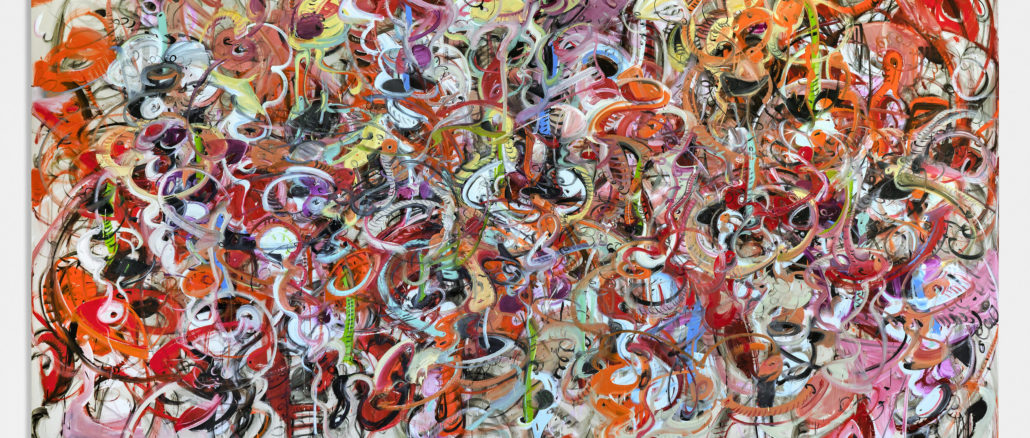
Tomas Esson is transported into an altered state of consciousness when he paints. His new series “Miami Flow” features highly labored abstract paintings produced in a flurry of focused exertion. Toiling away in his Miami studio, Esson finds solace in the mental state he is transported as he flicks, swipes, and drizzles paint onto canvass. This state of flow is recognized in the psychological literature for its “fully immersive feeling of energized focus,” colloquially known as, “being in the zone.”
The current exhibition follows up 2017’s “Miami Flow” by adding more paintings to the series and developing ideas espoused in the original. Yet, one gets a sense of refinement, both thematically and technically, in this new body of work. Esson has forgone his once suggestive and erotic figuration for a totally abstract universe. There’s also the question of scale; these new pieces are massive compared to his previous canvases—meant to envelop the viewer in a vertiginous cloud of colors.
“I feel like my work now is completely abstract,” Esson explains. “It’s a total revelation. I feel free of structure and my whole attitude towards my work has changed.”
Tomas Esson
While in many ways a departure from his previous paintings, the new series still features hallmarks of his oeuvre. A new painterly gestural process masks the same erotic elements he is known for. These new canvasses are brimming with so much energy they seem practically electric. Swatches of color swirl, layered atop of each other, for what becomes a dizzying field of the artist’s own making.
Esson was born in Havana, Cuba, in 1963. After graduating from the Instituto Superior de Arte in Havana in 1987, his work was showcased in a number of controversial exhibitions and he became a central figure in the decade’s renaissance in Cuban art. In 1990, he left Cuba and has lived in Miami and New York City, where his work continues to earn international acclaim. His paintings are in the collections of the Museo Nacional de Bellas Artes, Havana; The Whitney Museum of American Art, New York; Museum of Contemporary Art, San Diego; Ludwig Forum für Internationale Kunst, Aachen, Germany; and Museo de Arte Contemporaneo, Monterrey, Mexico

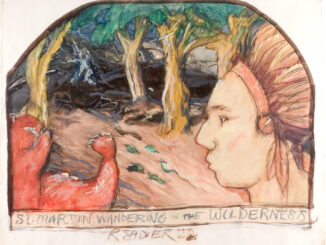
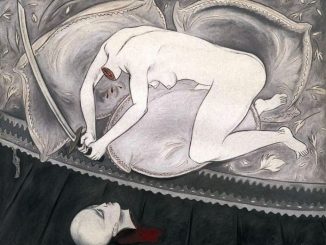
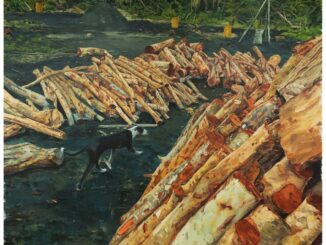
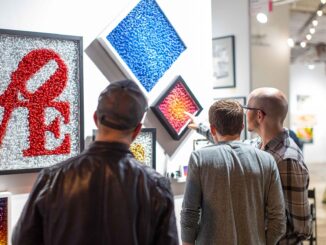
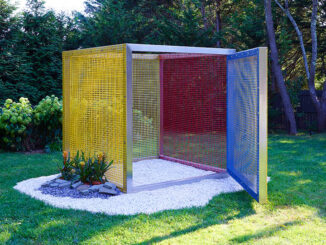
Be the first to comment